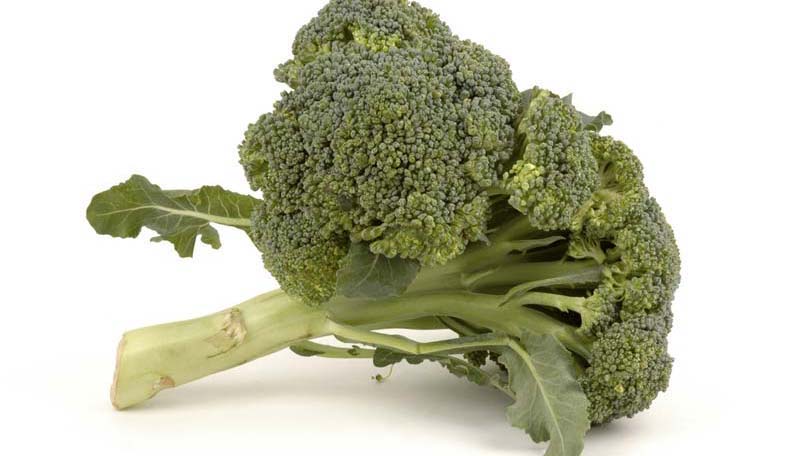
If you want easy access to a healthy vegetable that most anyone will eat, planting broccoli in your garden is second to none. It is extremely nourishing and has versatile serving options. It is simple to produce and easily stored. It is truly a vegetable that you can enjoy year-round without paying excessive prices if you grow it in your garden.
Growing Broccoli
In order to produce a good crop of broccoli, you have to know the growing conditions including the preferred climate, soil and fertilization. Water and sun exposure requirements are also important along with controlling pests and diseases. Knowing when, where and how to plant broccoli is the first step in yielding a great harvest.
Broccoli grows well in cool climates, though it is sensitive to frost. Extremely hot weather is definitely its enemy. Early spring and late fall are the best seasons for growing broccoli, when it isn’t hotter than eighty degrees and not colder than sixty-five degrees.
The soil for broccoli needs to fertile with plenty of organic matter added. It needs to be kept moist, but well-drained. Using mulch helps to keep the soil moist and cool, setting the conditions for a prosperous crop. Fertilizing the soil about a week or two before planting is recommended.
It is best to plant broccoli in an area that gets full sunlight; however, it will grow if it has minimal shade. Crop rotation is necessary when you are growing broccoli or other members of the cabbage family, since you shouldn’t plant them in the same area year after year. In fact, planting in a spot that hasn’t grown members of the genus for four years is suggested.
As far as pest and disease control, you won’t have many problems with broccoli. Some pests, like aphids, slugs, cabbage worms and maggots, may cause some problems. They can be taken care of with beneficial garden insects or by spraying the plants with insecticide. Black rot, club root and leaf spot are diseases that are occasionally found in broccoli crops. Rotating your crops helps to prevent diseases. Club root can be taken care of through alternating the pH by applying lime, but with leaf spots, you should destroy the plant because the disease will spread.
When planting broccoli, it is best to plant transplants, although germinating them from seed is possible. If starting from seed, it takes about six weeks before they will be ready for transplanting. Before you plant your transplants, it is a good idea to use a liquid starter fertilizer on the transplants.
Transplants should be planted deep enough to cover their roots and about one to two feet apart. In sixty days (maybe longer), your broccoli will be ready to harvest. The part that you pick is the flower head and it needs to be harvested before the flower buds open. When you pick the main head of the broccoli, the side heads will continue to develop.
Storing Broccoli
After the broccoli is harvested, you need to clean them to rid them of pests. This can be done using a mix of white vinegar and warm water (not hot). Don’t soak them for too long, about fifteen minutes will do the job.
You can keep fresh broccoli in the refrigerator for about two weeks. For longer storage, freezing is recommended. To freeze broccoli, you need to cut it up and blanch it in boiling water for about three minutes. After it’s boiled, put it in ice water for about three minutes, drain it and put it in zip-lock freezer bags. Frozen broccoli is “almost” as good as fresh, and it will store well in the freezer for about six months.
Serving Broccoli
Broccoli makes a wonderful appetizer or side dish and it is really good in salads. Serving it may be a bit of a challenge if you’re spoiled to the pre-cut, ready-to-serve varieties that are bagged in the grocery store. When you grow your own broccoli, you have to remove the leaves and the tough part of the stalk. You may prefer just to cut the buds off to serve them, but the stalks are edible too. You can both remove the buds and cut the stalks into pieces or you can cut them lengthwise to make broccoli spears. Broccoli spears are great steamed, and the cut-up portion is excellent in casseroles and soups. Of course, fresh broccoli flowerets are wonderful served as appetizers or added to salads. For a nutritious vegetable, the diversity of serving broccoli makes it a winner to be grown in your garden.
